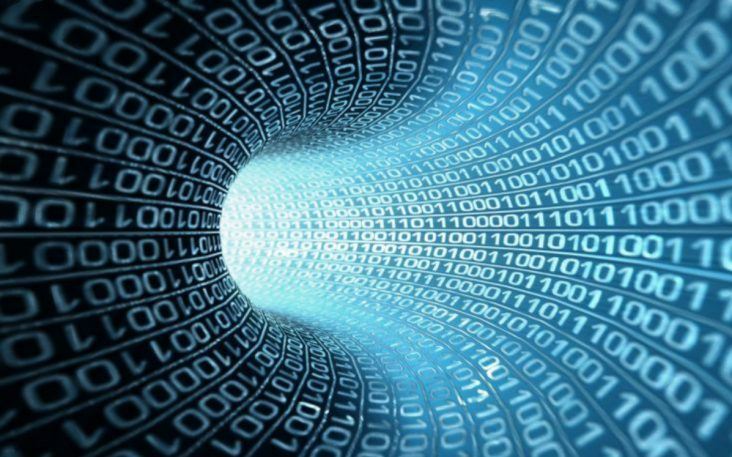Internet of Things (IoT) disrupts multiple industries
by September 16, 2018 6:35 pm 1,759 views

The world has never been smaller thanks to emerging technologies creating the Internet of Things (IoT) which connects people and devices to the internet through cloud computing. The tech industry estimates by 2020 there will be more than 20 billion internet-connected things, more than triple that of 2016. This includes consumer and business applications.
Gartner estimates total spending on IoT services and applications hit $2 trillion last year. While IoT is a global phenomenon, the U.S., China and Western Europe are driving the biggest use of connected devices, comprising about 67% of the overall IoT devices and usage last year, Gartner reported.
Industries serving consumers are those most likely to be disrupted and impacted by IoT. Gartner found consumer applications represented 63% of the total IoT applications last year. Automobiles, smart television, cable boxes such as Roku,or those from internet cable providers are the most common among consumers. Garter estimates there will be 12.863 billion connected devices in the consumer space by 2020.
RETAIL/SUPPLY CHAIN
Several business sectors are investing heavily in IoT capabilities, perhaps none more than retailers. A 2017 report by Zebra found 70% of surveyed retailers are eager to adopt IoT technology to help better understand their customers. Retailers like Amazon have adopted IoT with Amazon Go, cashier-less store in Seattle. Retailers are also using sensors that use a shoppers smartphone to detect their travel through a store. The retailer has the ability to offer them personal pricing and glean other data.
Retailers understand customers are able to check in-store pricing and local inventory levels from their mobile devices. Imagine if retailers could make a customized best-price offer or provide location-based services while the customer is in the store. With IoT, retailers can better understand the time and the place of the customer and then react appropriately to enhance customer service.
Closely connected to retail is supply chain management, an industry also impacted by IoT. Product manufacturers are using more sensors to track sensitive materials during transit to ensure the quality of their products. IoT offers transparency in the supply chain and helps manufacturers show the climate around an item while in transit and details on how the shipment was handled. For fresh or perishable items, IoT sensors may help ensure the fragile products reach stores with maximum possible shelf life.
The supply chain industry estimates asset tracking through the use of sensors and IoT could have an annual impact of nearly $2 trillion on the sector. IoT is expected to help manufacturers better understand how products and supplies were handled in the supply chain allowing for fewer damages or keeping supplies from being inadequate.
CONSTRUCTION
The construction industry has been a laggard with respect to emerging technologies such as IoT and augmented reality. But construction management contractors are starting to adopt the technologies into their operations.
One basic application of having all construction sites connected through IoT is to go paperless and integrate tablets and computers onsite which can provide reliable information quickly and in a less cumbersome fashion. A new application is IoT allows for equipment to be used remotely. If a machine is connected to the web with either a physical or wireless connection, the operator can give it instructions remotely. It can then operate alone in areas that might be hazardous to humans.
Devices like Google Glass could also help workers on-site access the proper instruction manuals in a hands-free mode. The construction industry is also using augmented reality to help workers find possible issues before they become a problem.
SMART CITIES
Progressive cities across the globe are using sensors and RFID technology to help better police crime-ridden streets. AT&T developed a smart street light that can monitor traffic, air quality, and call 911 if shots are fired in the immediate area.
Trash trucks in some cities are being tagged with sensors to monitor road conditions such as potholes, high water or other debris which could render roads impassable or unsafe for public use. When a pot hole is detected the street department is contacted automatically that a repair is needed. The trash truck goes through every neighborhood and travels at a slow enough speed to record the street condition data.
IoT is being used to help cities like San Diego deliver smart parking meters in its downtown. Sensors were installed in 2014 and by using a mobile app, consumers are directed to an open spot and pay from their phone. The sensors also help the city gauge occupancy data. The sensor used in the parking spots is reset when the spot is vacated to keep others from pulling into the spot and using the remaining time left on the meter. Other cities such as Los Angeles, and Boston use smart parking in downtown areas.
Cities are also able to use IoT sensors to collect data on electrical power use of machinery, stop lights, and street lights. After-hour lighting can be adjusted for additional energy savings. Machines can send information on idling time (which uses fuel) so that on and off periods can be adjusted without penalizing projects through the time needed to restart machines.
